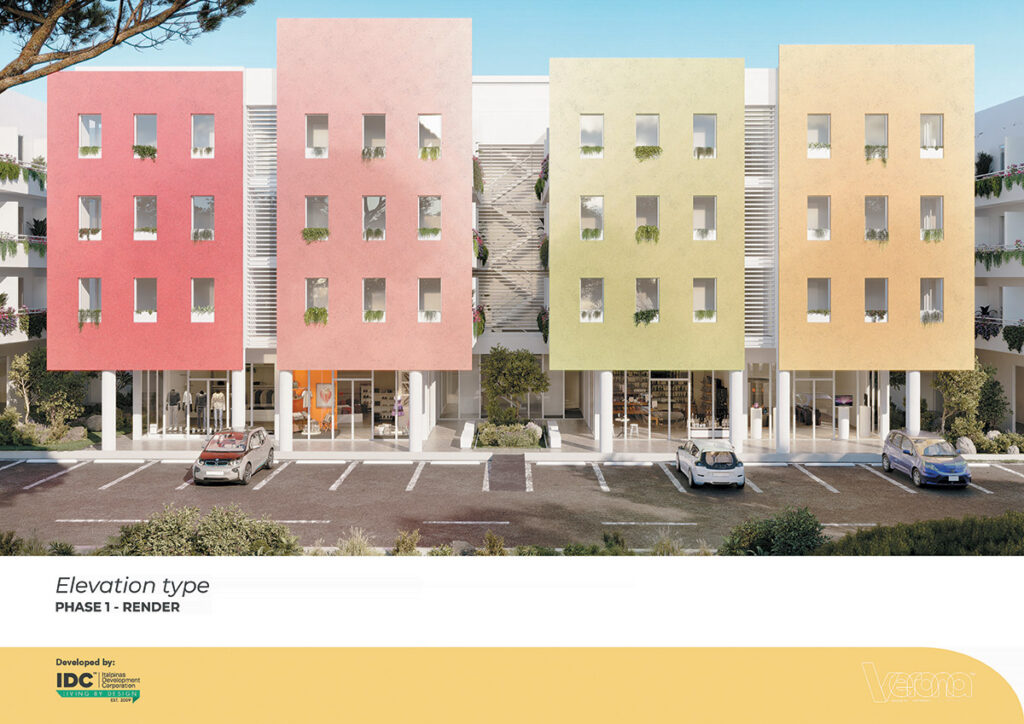One of the best democratizing features of Italian architecture is its emphasis on quality and affordability across all markets, ranging from the high-end to the economic segment.
In 2009, the Italian government launched its Piano Casa program to address the different challenges posed by climate change.
Named after the Italian architect Renzo Piano, the program was composed of legislative measures and economic incentives to encourage the construction of affordable homes for the less fortunate members of the society.
Another democratizing element of Italian architecture is the promotion of social interaction among the citizens of the community. Architects and engineers had to build parks, plazas and squares to enhance the meetings of people. These spaces can also be utilized as venues for various activities that will promote the different traditions in the community.
Through the program, the government was able to provide high quality urban spaces for the working class. By implementing proper zoning, the Piano Casa program helped the lower-income market access basic services such as health and education.
As the Philippines continues with its growth trajectory, important opportunities arise to implement comprehensive housing programs, whether through public or private initiatives, to harness design so that it can offer optimum conditions to all socioeconomic groups.

It would also be pleasant to see the Philippines develop a housing program with democratizing components. I think a hybrid approach would be the best for the country, such as a combination of vertical and horizontal homes. In an urban setting where land is more expensive, developing vertical housing is the best option. Furthermore, it would be better if the vertical housing units would be walk-up structures that fit the economic market. In the rural areas where land is more affordable, building horizontal units is more appropriate.
I wish the Philippines could one day implement its own version of Piano Casa to enable the marginalized sectors access affordable and decent housing units.
Indeed, it would be nice for the Philippines to have its own version of Piano Casa especially in the urban areas so that more Filipinos can enjoy greater mobility and better quality of life.
* * *
I would like to invite you to Like, Follow and Share my online spaces and content on Facebook and LinkedIn (Architect Romolo V. Nati), and on Twitter (@romolonati)
